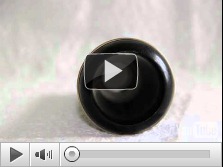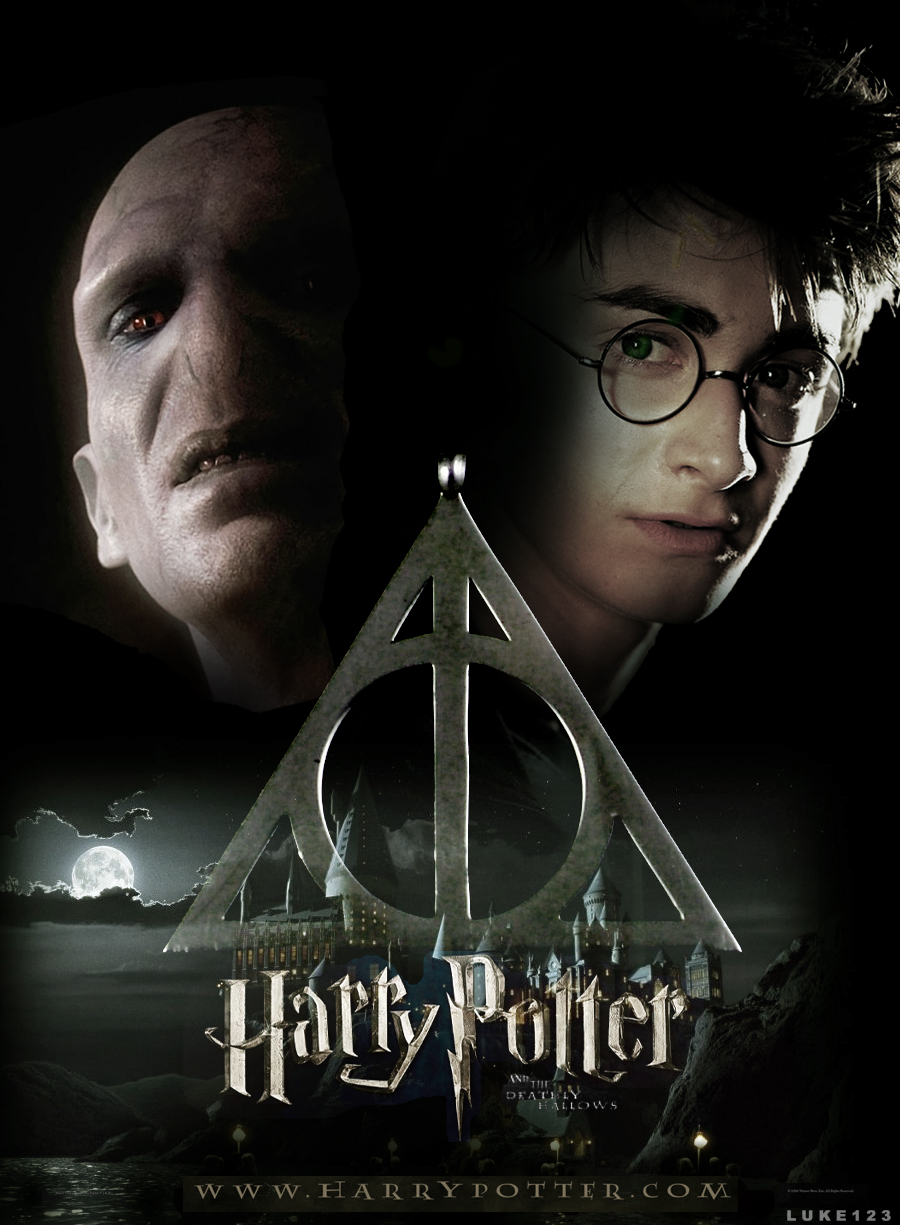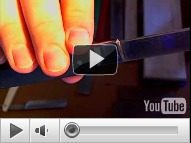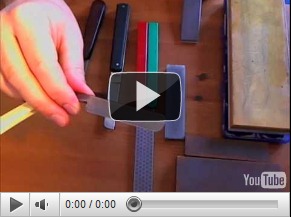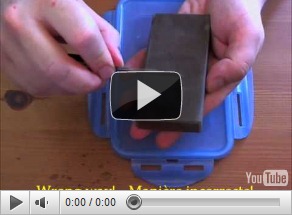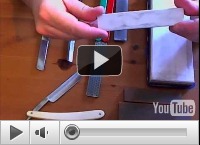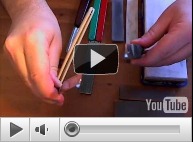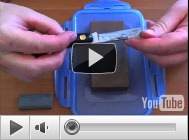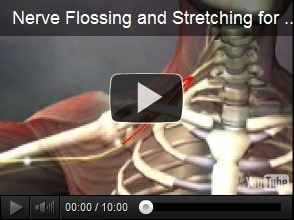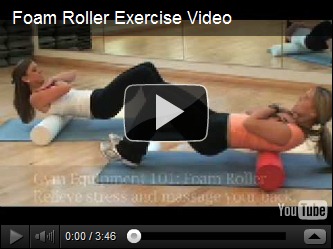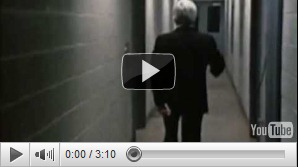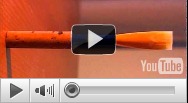 The whole world by now should know the tragic shooting and bombing in Oslo, Norway. I remember the shooting at École Polytechnique de Montréal (I had started the Conservatoire), I remember the shootings at Columbine and Virginia Tech.: as terrifying as these were, as much as they stirred society and destroyed our sense of safety in this world, the recent shooting in Oslo was far worse.
The whole world by now should know the tragic shooting and bombing in Oslo, Norway. I remember the shooting at École Polytechnique de Montréal (I had started the Conservatoire), I remember the shootings at Columbine and Virginia Tech.: as terrifying as these were, as much as they stirred society and destroyed our sense of safety in this world, the recent shooting in Oslo was far worse.
This is not expected anywhere in the developed world, but when it hits a country that won “top country” to live in for nearly 10 years (taking over from Canada which held it for nearly 8 years), there is just no describing how that shakes our perception of the world.
There is very little that can be said about such wasteful horror. For sure, the perpetrators’ goals will backfire as the world, and Norwegians in particular, deplore their actions.
Anniversary Recording
Here it is, that “baroque sonata” I mentioned in the past few posts. It took longer than expected because, well, I am an hobbyist! Apart from lacking endurance, work and projects for my wife and I have been more involving than usual, so there was just no way to record more than one movement a day. And, naturally, when one day’s recordings are not satisfactory, an extra day is required! And the last couple of weeks, very hot and very humid (calculated “feels like” of 117° Farenheit or 47° Celcius) means that my best reeds were not as stable as they were 2 months ago… (see previous post)
All this means I wanted to delay the recording again, especially since I have a 3-day weekend to make reeds (and clean-out the garage!), but new reeds are never good for performance anyway and I have a few things to celebrate:
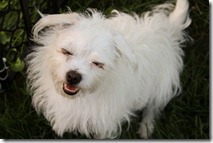 well over 11 thousand visits since the blog began last Christmas!
well over 11 thousand visits since the blog began last Christmas! - a little over 1 year since my oboe was revoiced,
- a little over 1 year since my oboistic revival began: more seriously practicing an average of 30-45 minutes a day.
- the 3rd birthday of our first house-dog Popcorn!
So I decided to go ahead. The final recording is probably the best representation of my current abilities after one year of revival. I ended up using the “gold reed” from this previous post.
… a difficult joy!
In a previous post and other places, I said that the music of Telemann and Haendel is just as difficult to play as it is beautiful. In the case of Haendel, there is something in the ease of the melodic patterns that just requires every ounce of musical understanding and artistic soul the performer is capable of conjuring.In the case of Telemann, there is just no end to the possibilities in the music! I’ve been practicing (anew) Telemann’s sonata for oboe in A minor for 2 or 3 months now, and seriously, every time I sit down to one of the movements, I discover something else; either a better way to phrase a lick, or simply a different and equally beautiful way to perform it.
Choosing one style and staying with it becomes difficult - besides, I’m lacking the finger and sound control for some of the styles I would have wanted: they sounded “grotesque” in the literal sense… perhaps these styles require period instruments or maybe I need to experiment with microphone positioning more!
Recording & Production:
I did not make a video this time because I wanted to try out a new microphone layout in the dining room for a better sound quality.
It would have been too much hassle to set-up my computer with the web-cam on the main floor near the entrance to capture the video. I think the sound impression of a recital hall is much better, but there is still much to discuss and experiment.Also, I had mentioned that with the Free Recording software Audacity, all kinds of effects can be done in conjunction with multi-track recording.
In this case, I used it to tweak the piano accompaniment obtained from Music Minus One (MMO): I changed the piano track and then recorded my performance on another track while listening to the modified piano part.I hope to discuss some reflections on the recording next week. For now, some remarks about each movement:
- In a couple of places, you might hear a “hhussshhh”: that’s the background noise from the piano part getting much louder. The piano player gave a very academic and simplistic performance, one that matches what can be expected of most 1st year university oboe students. In some places, there was a soft p “echo” where I preferred to emphasise the repeat. So I made that piano segment louder… unfortunately, that included the “white noise” from the MMO recording!
- I sped-up the piano part because I just felt it was not lively enough. Listen closely and you will find a few blips, but generally the technique is not so bad. My arms still tenses up when playing as a result of doing too much at the gym too fast. Furthermore, on these recording days, I neglected stretching and such: the resulting strain shows in the technique and the sound control.
- If you think the piano sounds Honky-Tonk, that is because I slowed it down. The accompaniment was too fast for the atmosphere I wanted to portray. The pitfall to this: a kind of inner-echo is produced, making it sound like an old silent-movie piano.
- Starting to play before the recorded piano (even with 4 metronome taps) makes it really hard to play in time with the piano! Predicting when the piano will start playing took a lot of practice, especially at the grand pause before the re-exposition!
At the beginning of movements 2 and 4, it almost sounds like I am playing two oboes at the same time. I have absolutely no explanation for this. It can’t even be explained by copy-pasting things in Audacity: to do so would either have no effect (same track pasted twice) or sound really bad (different tracks overlapping). I can only guess that I had turned my body relatively to the walls in such a way that the echo would be picked-up by the microphone pointing away from me. I will discuss this in the next posting.


